Caramel Alternatives Your Customers Will Adore
Posted: 09 Aug 2024
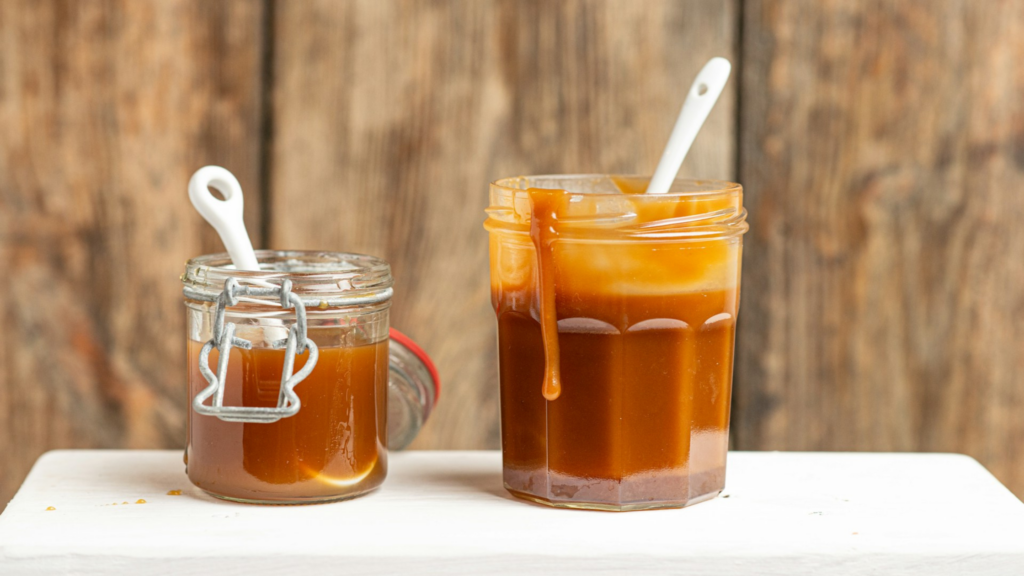
The New Nostalgia: Caramel Alternatives Your Customers Will Adore
Caramel is a classic flavour that will never go out of style. In fact, caramel has been consistently trending upwards for decades, with no sign of stopping. It’s the ideal flavour for a small, affordable indulgence that will conjure up happy memories. But there are a few alternatives that have been growing in popularity over the last year, and swapping your caramel ingredients for one of these could make your bakery business stand out from the crowd.
Let’s dig into the sticky, sweet world of sugar and find out what customers are looking for in an indulgent treat in 2024…
by Lyndsey Hall
09 Aug 2024
Brown Flavours That Are Anything But Boring!
Salted caramel may have dominated the flavour charts for the past decade, but it’s not the only comforting, nostalgic flavour in town. Caramel’s delicious cousins toffee, butterscotch, dulce de leche and even maple are all vying for their moment in the spotlight.
Maple hazel was the big star at Costa last autumn, while brown sugar is having a real moment at Starbucks this year. They even have a range of crème brulée flavoured drinks on the menu, proving that caramel-adjacent flavours are big news. And Caffé Nero has joined in on the fun and created a honey flavoured range for 2024.
Your bakery business may not sell elaborate coffee and hot chocolate drinks, but the flavours the big coffee shops choose to feature are always a sign of what’s trending in consumer tastes. One of the biggest trends in sweet bakery is nostalgia with a twist – or newstalgia, if you will. So, how can you capitalise on this without breaking the bank?
Smart Swaps for Your Classic Caramel
You don’t need to create a whole new range of products to nail this trend, it’s as simple as making one or two small, smart swaps in your ingredients. If you already produce caramel flavoured products, you’re way ahead of the game. Simply swap the real caramel, flavour compound, flavouring oil or paste in your batter and buttercream for another sweet brown flavour.
Toffee and butterscotch are both similar enough to caramel that a direct swap would be simple, whereas honey or maple may need a bit of testing and tweaking to get right.
Decorating your new range couldn’t be simpler – a chocolate or caramel maple leaf stuck in the top of a cupcake, or a sprinkle of honeycomb would do the trick! You could even create bee shaped chocolates using Callebaut’s Honey Flavoured Milk Chocolate and our Bees Transfer Sheets or Honeycomb Transfer Sheets.
For your toffee, butterscotch and dulce de leche flavoured products, there’s toffee pieces, caramel fudge pieces and Nigay’s caramel crunch – you can always call it butterscotch crunch!
And don’t forget to finish your products off with a drizzle of topping sauce!
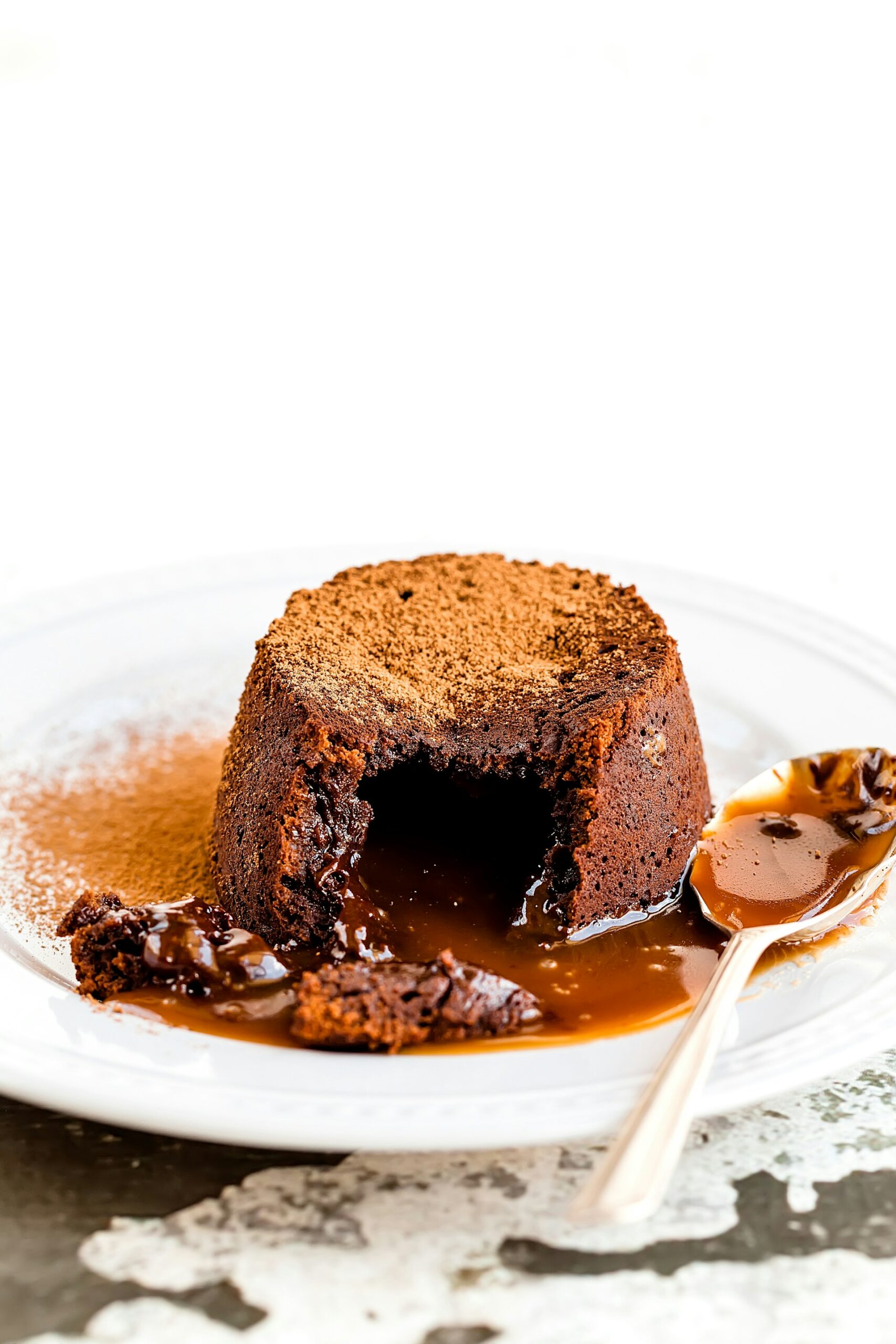
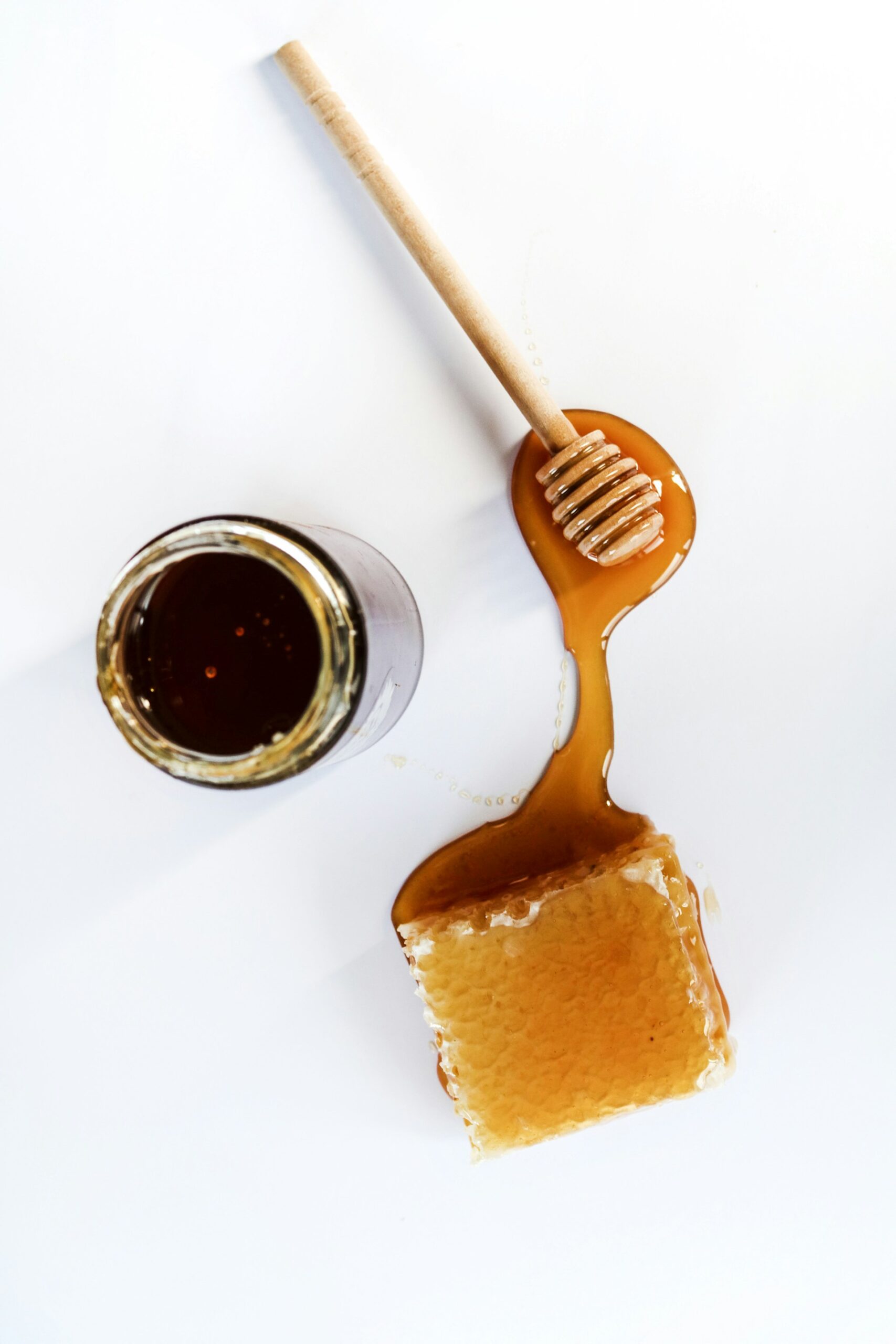
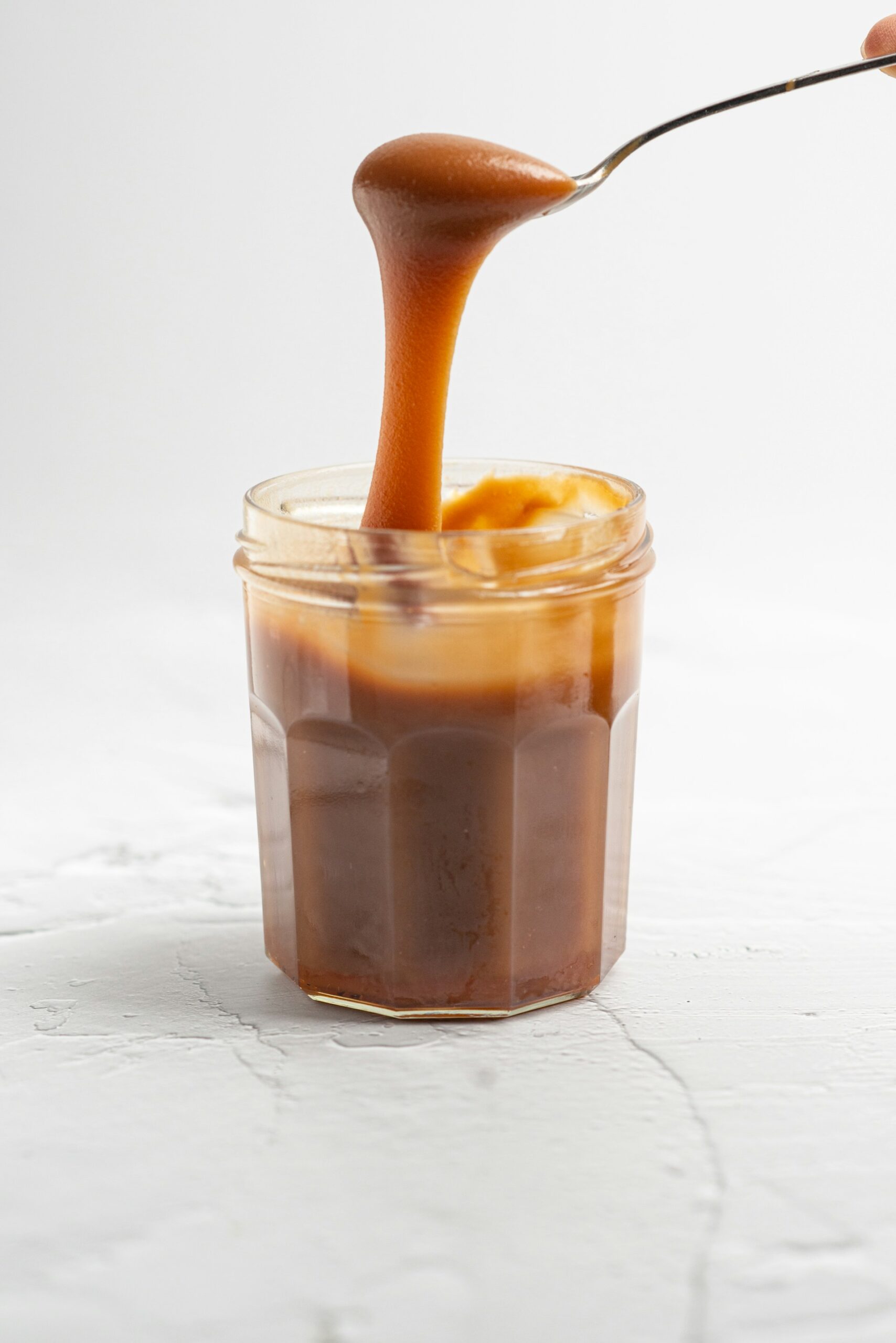
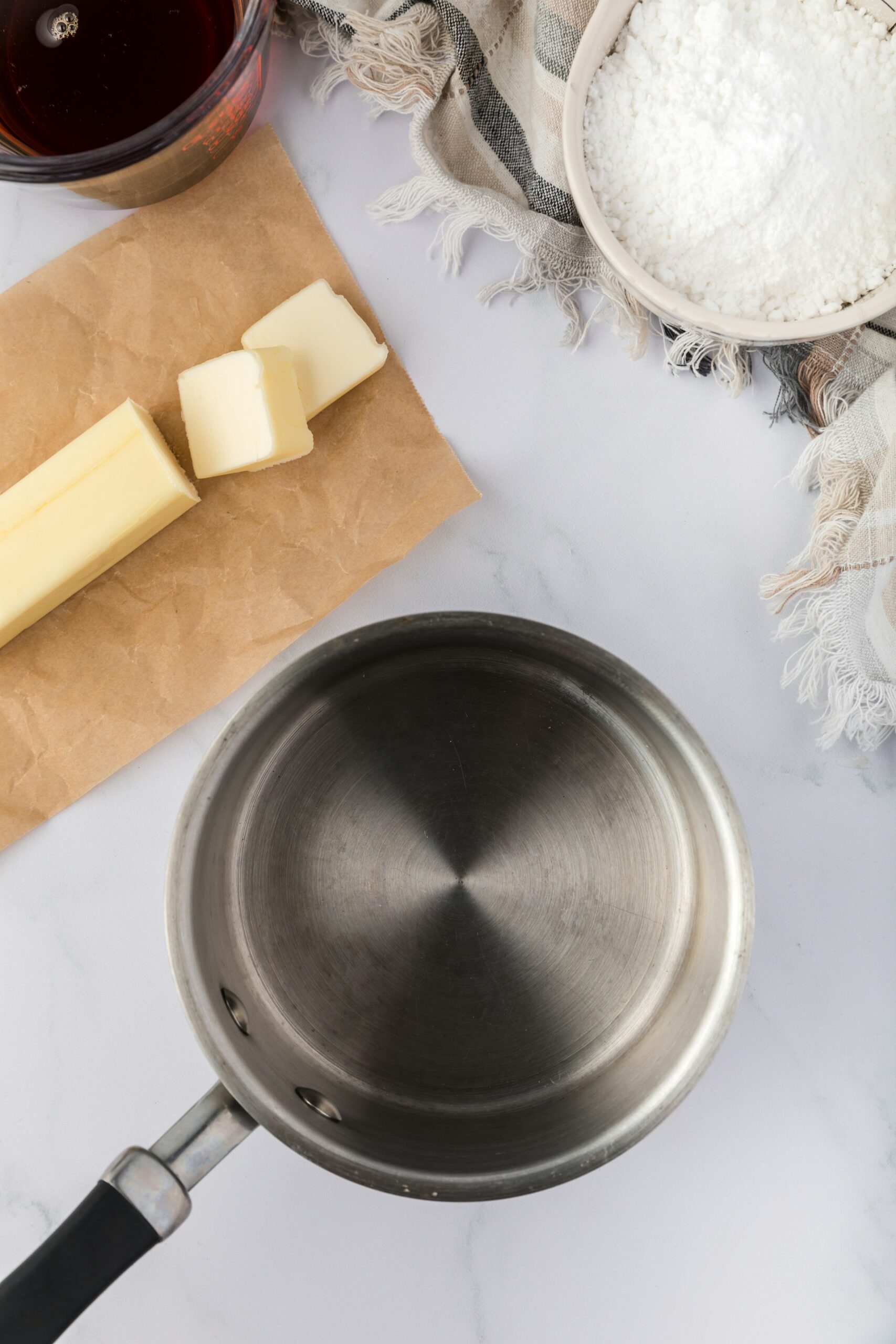
What Is Real Caramel Made Of?
Caramel can be made very simply by heating white sugar until it melts and begins to turn brown and ‘caramelised’; this is known as a dry caramel. You can add a liquid such as water, to help the sugar dissolve evenly, which results in a wet caramel.
Cream and butter are often added to the caramel mixture to give flavour or create a caramel sauce. And inverted sugar can be added to prevent recrystallisation and make a cuttable caramel.
The temperature your caramel reaches in the pan is key to its consistency when cool, so if you want a pourable sauce or syrup, your caramel needs to stay around 100 to 110 degrees Celsius. For chewy caramels, you need to reach 118 degrees, and for a praline or brittle, you’ll need to heat your caramel to around 160 degrees.
Keylink’s range of caramels comes from Nigay, the world’s experts in caramel, and includes everything from an indulgent caramel with salted butter, to salt and pepper caramel flakes (perfect for the sweet and savoury/sweet and spicy trends!) and crunchy caramel pebbles.
What’s The Difference Between Toffee And Caramel?
Toffee, like caramel, is made from heating sugar – commonly golden caster sugar – until it caramelises. Toffee also includes a liquid, often milk or cream, as well as butter and either lemon juice or golden syrup to prevent crystallisation. This gives toffee its famous chewy, soft texture.
Dulce de leche, on the other hand, is made by heating milk with sugar slowly over several hours, until it caramelises and becomes a thick, brown and deliciously sweet sauce. Its texture is slightly denser than caramel, but without becoming hardened like a toffee or butterscotch confection, making it ideal for warming and drizzling over ice cream.
The main differences between caramel, toffee and dulce de leche are the type of sugar used and the amount of liquid, and whether water, milk or cream is used in the recipe.
Is Butterscotch The Same As Caramel?
Butterscotch is another confection, similar to caramel, that is made predominantly from sugar. Butterscotch is made by combining brown sugar and butter and heating until caramelisation occurs. It’s then scored and cut into pieces before it hardens, or cream can be added to make a butterscotch sauce for ice cream and desserts.
Having been invented in Doncaster, Yorkshire (just down the road from Keylink!) in the mid-1800s, butterscotch is a traditional English confection. The earliest known recipes used treacle in place of, or as well as, sugar.
What’s the Difference Between Golden Syrup and Treacle?
Treacle is a biproduct from the sugar refining process and comes in two variations, golden syrup and black treacle. Both are common in British confectionery and baking, with the pale golden syrup being sweeter and the darker black treacle having a strong, slightly bitter flavour.
You probably recognise treacle and golden syrup from school dinner desserts like treacle tart and treacle (or syrup) sponge pudding, making treacle and golden syrup both perfect flavours for satisfying your customers’ need for nostalgic treats!
Is Brown Sugar Just White Sugar With Molasses?
Brown sugar, which is used in butterscotch, is simply an unrefined or partially refined sugar, meaning some of the molasses is still present. Today, most commercial brown sugar is made by adding sugarcane molasses back into refined white sugar, allowing the amount to be controlled and producing consistent products such as light brown sugar and dark brown sugar. The presence of molasses keeps the sugar slightly moist, often earning it the label ‘soft’.
Molasses, like treacle, is a biproduct of the sugar refining process. They have similar properties, but molasses is thicker and darker, coming in three varieties; light, dark and blackstrap. More common in the US, molasses is similar enough to treacle that recipes calling for molasses in the UK can simply use treacle in its place.
Brown sugar can also be substituted for maple sugar, and vice versa, in recipes as they have a similar flavour and characteristics.
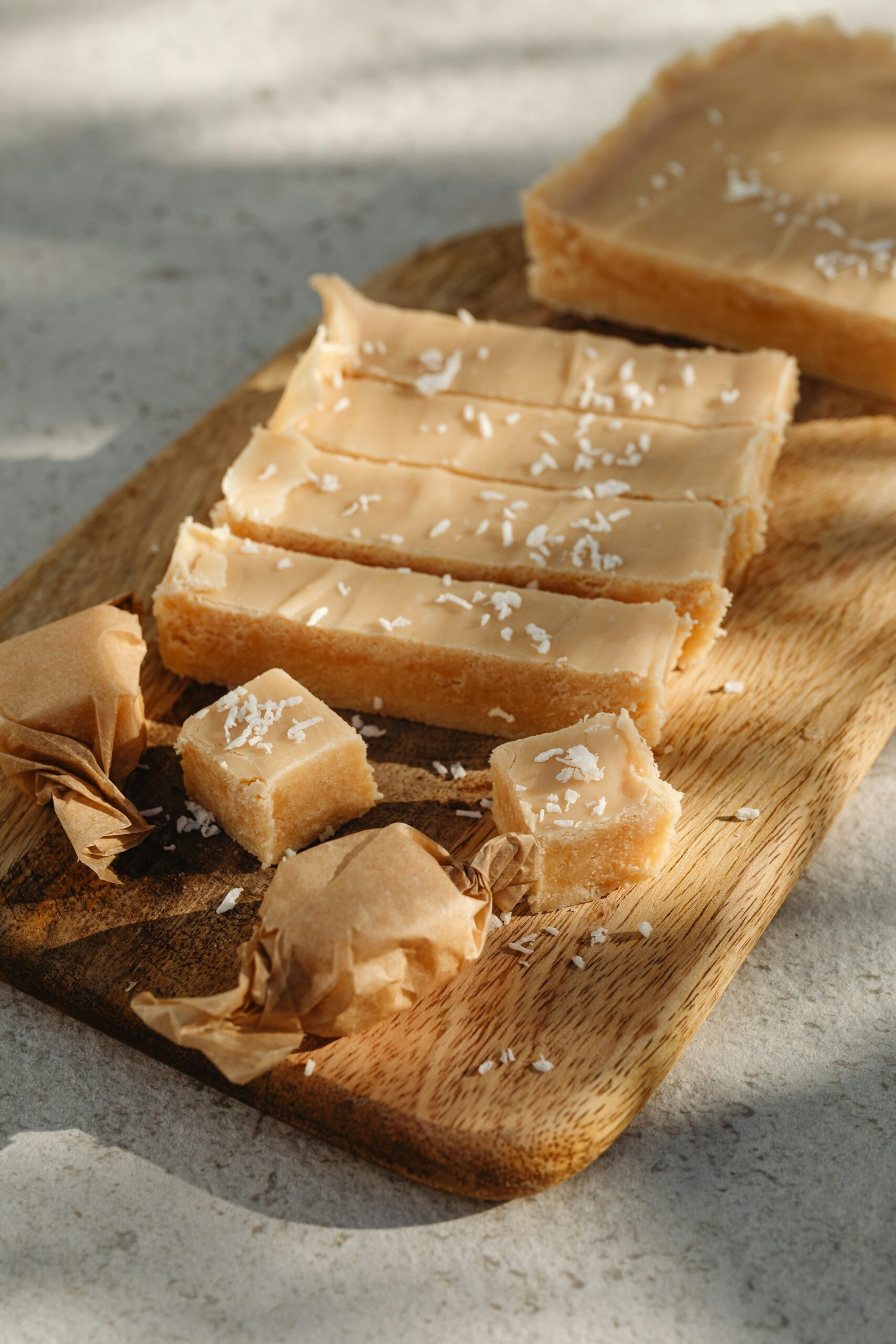
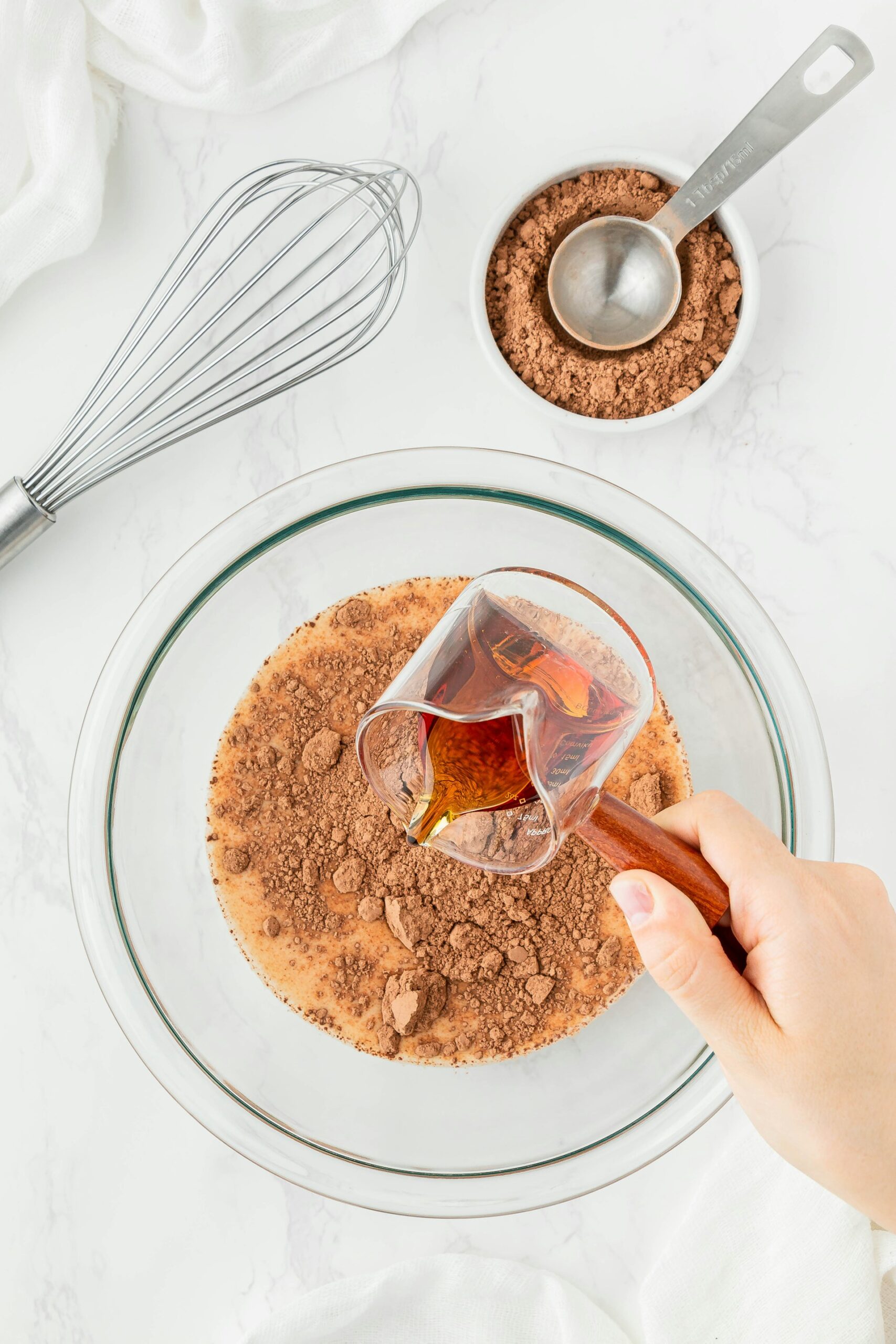
And there you have it! Caramel will always be in fashion, but if you’re looking for another sweet brown flavour to elevate your products and nail that newstalgia trend, you’ve now got a fair few to choose from!
You might opt to make your own caramel, toffee or butterscotch, but if you prefer to save time by using flavour compounds and flavouring oils in your bakes, we have a wide range of flavours to choose from. And if you don’t see the flavour you need, give us a call on 0114 245 5400 and we’ll see if we can source it for you!

Lyndsey is a marketing executive, writer and lover of books and chocolate from Sheffield.
Her favourite chocolate is Cacao Barry Lactee Superieure.
.svg)
 white.svg)